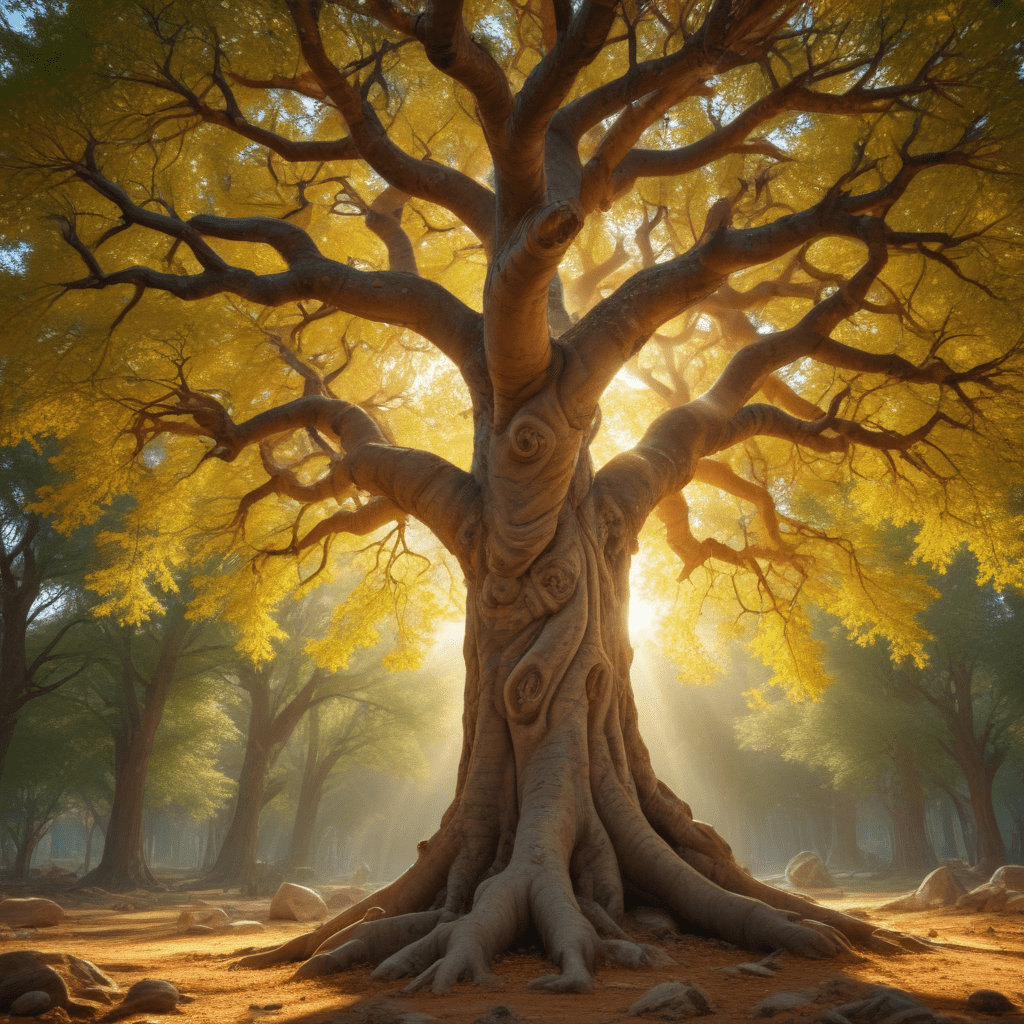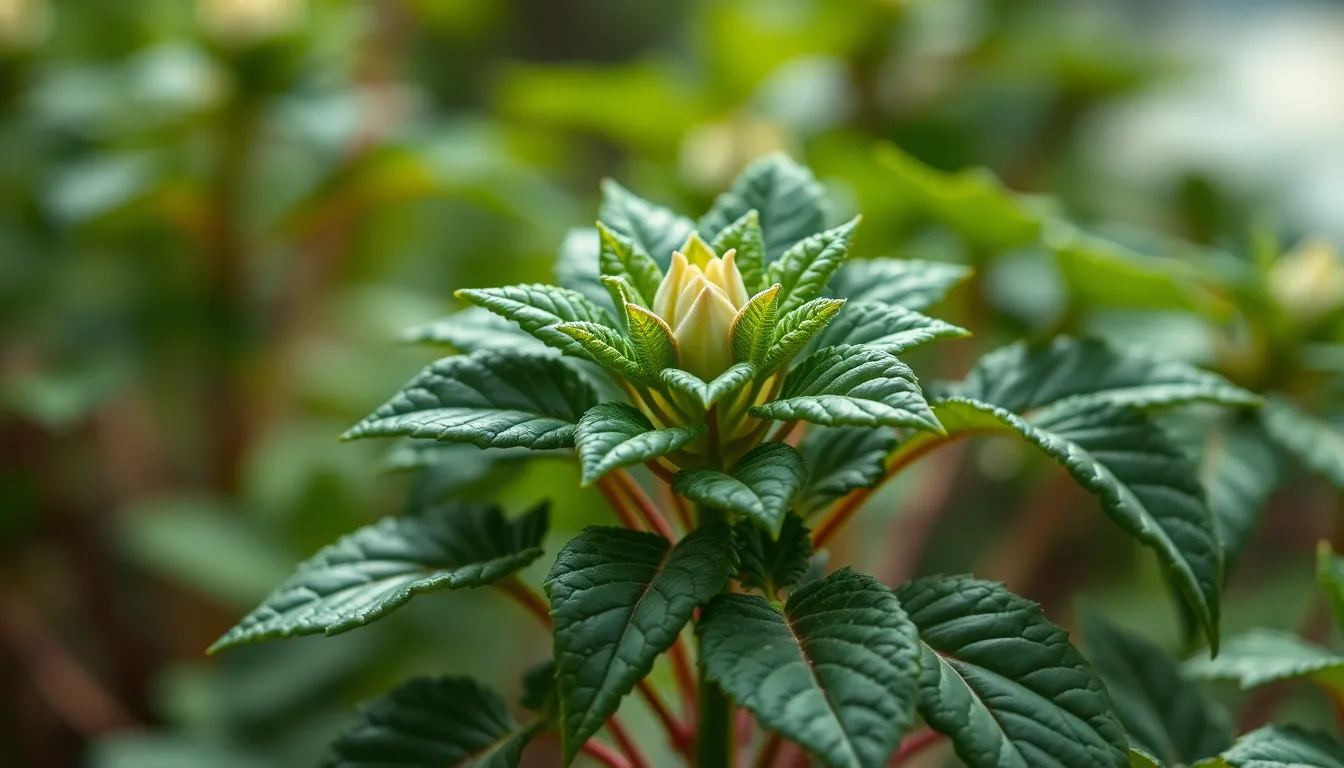The Symbolism of Trees in Persian Mythology
Introduction:
Persian mythology, with its rich literary tradition and vibrant storytelling, offers a captivating glimpse into the ancient beliefs and values of Iranian culture. In this tapestry of myths and legends, trees hold a profound significance, serving as potent symbols that embody various concepts and emotions. From the majestic Tree of Life to the delicate willow, each tree species carries unique symbolism, reflecting the intricate understanding of nature that permeated Persian society. This exploration delves into the diverse symbolism of trees in Persian mythology, unveiling their hidden meanings and cultural significance.
The Tree of Life:
The Tree of Life, known as "Darakht-e Hayat" in Persian mythology, stands as a central symbol, embodying immortality, knowledge, and divine power. Rooted in the fertile soil of Persian imagination, this mythical tree reaches towards the heavens, its branches laden with golden fruits that grant eternal life. It is associated with the sacred mountain, Mount Alborz, believed to be the dwelling place of the gods. The Tree of Life represents the cosmic axis, connecting the earthly realm with the heavenly spheres. In Zoroastrianism, the tree symbolizes the life force that permeates all creation, while in other ancient Persian beliefs, it is linked to fertility and abundance.
The Cypress Tree:
Standing tall and slender, the cypress tree emerges as a symbol of mourning and remembrance in Persian culture. Its dark, evergreen foliage evokes feelings of loss and sorrow, making it a prevalent feature in graveyards and funeral rituals. The cypress tree serves as a reminder of the impermanence of life and the inevitability of death. In Persian poetry and epic tales, the cypress is often depicted as a symbol of unrequited love and the pain of separation. Its mournful presence adds a melancholic touch to tales of lost lovers and fallen heroes.
The Willow Tree:
With its drooping branches and graceful leaves, the willow tree embodies love, sorrow, and separation in Persian mythology. Its association with water and tears makes it a symbol of weeping and the expression of emotional pain. The willow tree is frequently featured in love poetry, where it symbolizes the longing and heartache experienced by separated lovers. Its gentle sway evokes a sense of melancholy and resignation, reflecting the bitterness of unfulfilled desires. In folktales, the willow tree is often associated with magical transformations and supernatural beings, adding an element of mystery and wonder to its symbolism.
The Plane Tree:
Under the expansive canopy of the plane tree, Persian culture finds a symbol of hospitality, generosity, and community. Its broad leaves offer shade and comfort to weary travelers, while its abundant fruit provides sustenance. The plane tree is often found in public spaces, serving as a gathering place for people to socialize, share stories, and strengthen communal bonds. Its presence in gardens and courtyards evokes a sense of peace and tranquility, making it a cherished symbol of Persian hospitality.
The Pomegranate Tree:
Bursting with its jewel-like seeds, the pomegranate tree symbolizes fertility, abundance, and prosperity in Persian mythology. Its association with weddings and childbirth highlights its connection to the creation of new life and the continuation of generations. The pomegranate also holds a prominent place in ancient fertility cults, where it was believed to possess magical properties. In Persian poetry and art, the pomegranate represents the beauty and richness of life, symbolizing the promise of new beginnings and bountiful blessings.
6. The Palm Tree:
In the arid landscapes of Persia, the palm tree emerges as a symbol of resilience, endurance, and hospitality. Its towering trunk and fan-shaped leaves offer shade and respite from the scorching sun, making it a vital source of comfort and survival in the desert. The palm tree's ability to thrive in harsh conditions symbolizes the human spirit's ability to overcome adversity and persevere through challenges. Its association with oases and life-giving water underscores its role as a provider of sustenance and a beacon of hope in desolate environments. In Persian culture, the palm tree is often celebrated for its utility and beauty, representing the resilience of life and the importance of hospitality in the face of adversity.
7. The Rose:
The rose, with its delicate petals and intoxicating fragrance, has long held a prominent place in Persian mythology and culture. It is widely recognized as a symbol of love, beauty, and passion. The vibrant colors of roses, ranging from deep crimson to purest white, evoke a spectrum of emotions, from the burning intensity of love to the serenity of spiritual enlightenment. In Persian poetry, the rose is often used as a metaphor for the beloved, embodying the qualities of beauty, grace, and unattainable desire. Its thorns serve as a reminder that love can be accompanied by pain and sacrifice. The rose also holds religious significance in Sufism, where it represents the divine love that permeates all creation.
8. The Fruit Trees:
In Persian mythology, fruit trees hold a special significance, symbolizing abundance, prosperity, and the bounty of nature. The abundance of fruits produced by these trees represents the blessings bestowed upon the faithful and the rewards for righteous living. Different fruits carry specific meanings, such as the apple, associated with knowledge and wisdom, and the fig, symbolizing fertility and abundance. In Persian gardens and literature, fruit trees are often depicted as sources of sustenance and pleasure, representing the harmonious relationship between humanity and nature.
9. The Mythic Trees:
Beyond the realm of reality, Persian mythology is enriched by the presence of mythical trees that possess extraordinary powers and hold a profound influence on the lives of mortals. The Simurgh, a benevolent bird with the head of a dog, makes its nest atop the mythical Tree of Life, symbolizing wisdom, guidance, and divine intervention. The Tree of All Seeds, guarded by a dragon, is believed to hold the seeds of all plants, representing the potential for endless creation and the cyclical nature of life. These mythical trees serve as powerful metaphors, embodying the aspirations and fears of humanity, and reflecting the belief in the existence of forces beyond human comprehension.
10. Conclusion:
The rich symbolism of trees in Persian mythology reveals a deep understanding of nature and its interconnectedness with human life. From the Tree of Life to the humble palm tree, each species carries unique meanings, reflecting the values, beliefs, and aspirations of Persian culture. Through these arboreal symbols, we gain insights into the Persian worldview, where the natural world is imbued with meaning and serves as a source of inspiration, guidance, and solace. As we delve into the symbolism of trees, we embark on a journey of discovery, uncovering the hidden depths of Persian mythology and its enduring legacy.
FAQ:
1. What is the significance of trees in Persian mythology?
Trees hold a profound significance in Persian mythology, serving as potent symbols that embody various concepts and emotions. From the majestic Tree of Life to the delicate willow, each tree species carries unique symbolism, reflecting the values, beliefs, and aspirations of Persian culture.
2. What is the most important tree in Persian mythology?
The Tree of Life, known as "Darakht-e Hayat," stands as a central symbol in Persian mythology, embodying immortality, knowledge, and divine power.
3. What does the cypress tree symbolize in Persian culture?
The cypress tree is a symbol of mourning and remembrance in Persian culture, associated with graveyards, funeral rituals, and the expression of loss and sorrow.
4. What is the significance of the willow tree in Persian mythology?
The willow tree symbolizes love, sorrow, and separation in Persian mythology, representing the longing and heartache experienced by separated lovers.
5. What does the plane tree represent in Persian culture?
The plane tree is a symbol of hospitality, generosity, and community in Persian culture, offering shade, comfort, and a gathering place for social interaction.




